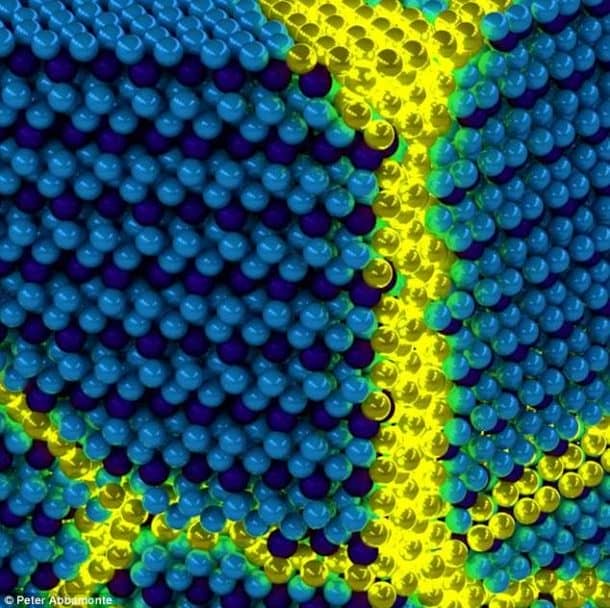Researchers at the University of Illinois have discovered a new form of matter, excitonium. The material is made up of boson, a composite material that can allow it to act as a superfluid, superconductor, and even an insulating electronic crystal.
This matter was theorized 50 years ago and physics professor Peter Abbamonte and his team have finally cracked the mystery to prove the existence of this form of matter. Excitonium is a condensate made up of excitons. Excitons are formed as a result of combining escaped electrons and holes.

In semiconductors, electrons from one energy level in an atom are able to jump to the next energy level when excited, leaving behind a hole. The hole acts like a positively charged particle and attracts the negatively charged electron that escaped. The team studied crystals doped with dichalcogenide titanium diselenide (1T-TiSe2), a transition metal, to prove the existence of excitons.
The scientists lacked the means to distinguish the presence of excitonium with certainty previously. This team of researchers was able to definitely measure the collective excitation of bosonic particles, the paired electrons, and holes, no matter what their momentum might be.

“This result is of cosmic significance,” Abbamonte stated in a press release. “Ever since the term ‘excitonium’ was coined in the 1960s by Harvard theoretical physicist Bert Halperin, physicists have sought to demonstrate its existence. Theorists have debated whether it would be an insulator, a perfect conductor, or a superfluid — with some convincing arguments on all sides. Since the 1970s, many experimentalists have published evidence of the existence of excitonium, but their findings weren’t definitive proof and could equally have been explained by a conventional structural phase transition.”
Now that excitonium has been proven to exist and has been concretely observed in experimentation, its properties can be further explored and applied. Most obviously, as a superconductor and superfluid, this material could be used to further existing technologies. It is impossible to predict what the future might have in store for excitonium but this is the first time scientists are in a position to explore the possibilities.
You can watch the video here:


